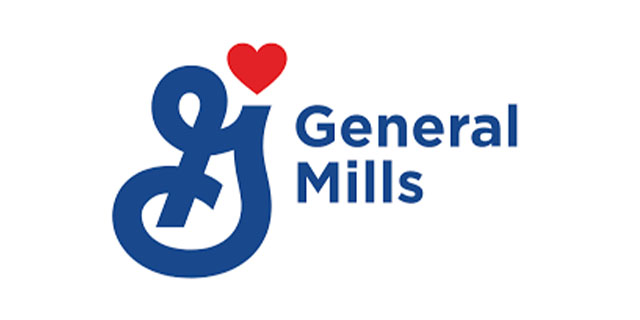Consumers Still Value Homeownership as a Path to Achieving the American Dream
May 24, 2023 | Article
While rising interest rates and lack of affordability have dampened housing market activity, consumers remain enthusiastic about purchasing a home as a pathway to building wealth and achieving an important life milestone.
To get complimentary access to this publication click "Read more" to sign in or create an account.











